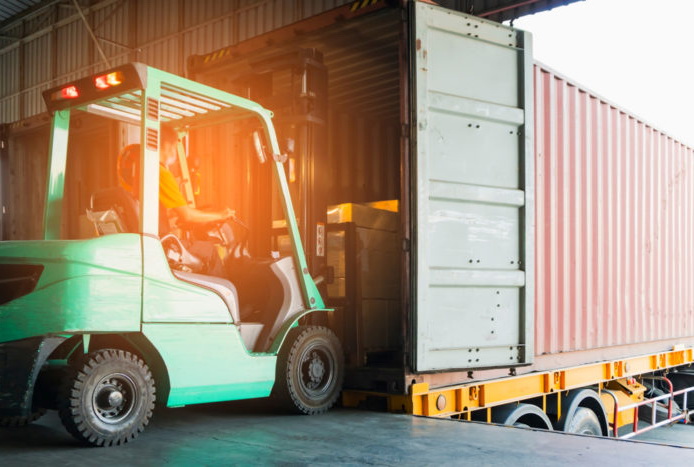The shipping process is organized in such a way that almost every logistics enterprise needs a warehouse to store the goods before their delivery to the destination point. Reduction of the deadlines on storing and quick realization of production make the business successful. Moreover, it is a financial benefit on delivery.
Cross-docking is a method of distribution and unloading of goods during which all deadlines are strictly met, and extra money is not wasted. In simple words, it is a logistics masterpiece that allows the organization of the process properly just on the warehouse territory.
In the world of automobile transportation, cross-docking is a relatively new method. But it is popular among large entrepreneurs and the owners of international transportation companies. It is because of the many advantages and technological peculiarities of the process.
The main advantage of cross-docking is a constant chain of inbound and outbound shipments of items, during which we exclude one of the longest stages. It is about storing cargo in the warehouse. Thanks to such a scheme the terms of shipments are reduced, and the profit increases in geometrical progression because of the less expenditure on the rent.
Thus, you can organize the delivery process properly as well as make the geography of cooperation wider. The last aspect is real because of the time economy on transportation. The effective work of cross-docking will raise the ratings of the company and increase the demand for the services of delivery, including less than truckload shipping.
The only difficulty in organizing such a process is the necessity to buy more vehicles and divide large parties into smaller ones.
The kinds of cross-docking
There are two kinds of cross-docking. Each of them has its peculiarities and key characteristics.
- One-stage process. It is the simplest and financially rewarding system according to which the next kinds of work are realized – the goods are sent from the owner to the buyer, and when they appear in the warehouse, they are sent to the recipient. The sender indicates the special delivery requirements and other actual pieces of information, especially, if it concerns valuable cargo.
- Two-stage process. It suggests additional manipulations with the goods. For example, it can be dividing cargo into smaller parts under the client’s requirements.
In both cases, the goods are not stored in the warehouse. The warehouse workers are informed in advance, so they quickly organize delivery.
The advantages of cross-docking
Such a method of work reduces the time for goods production, but it has some peculiarities. They must be taken into account before the delivery organization. The main peculiar features of the cross-docking are:
- Such a method is not beneficial to use if you have own warehouse or the demand is low;
- Cross-docking is actually for the small parts of goods that are presented in a wide assortment and ready for everyday use.

